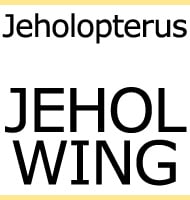Berberosaurus
In Depth Berberosaurus will catch the eye of anyone interested in theropod dinosaurs because the genus may represent the oldest ceratosaur, though not everyone is in agreement. The original description of Berberosaurus came to the conclusion that Berberosaurus was an abelisauroid that was more advanced than genera such as Elaphrosaurus and Spinostropheus, though more primitive … Read more
